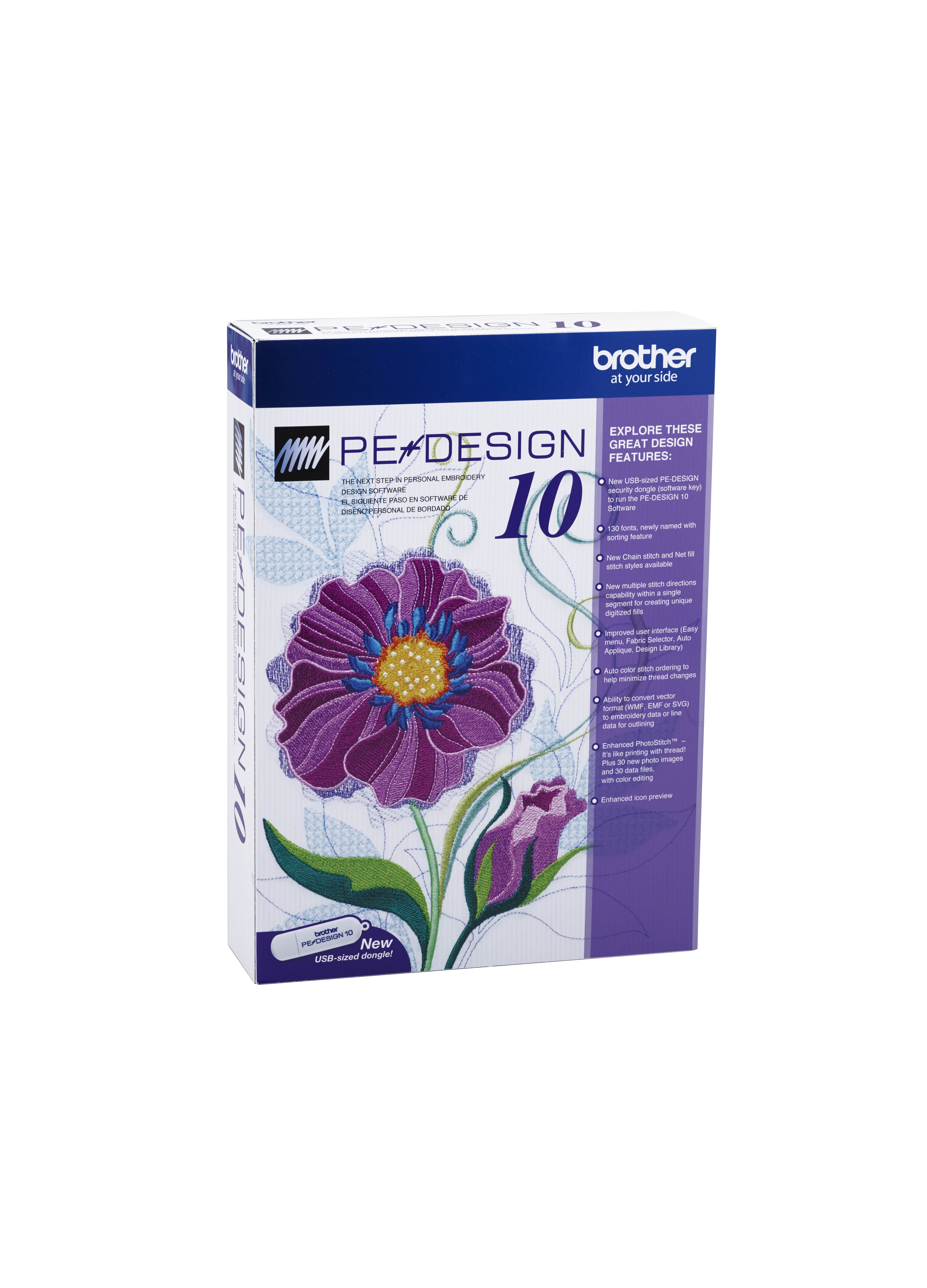
A statistically significant majority of patients preferred virtual reality over topical anesthesia during their future injections. topical gel anesthetic, the difference was not significant. Although dental patients reported less pain during VR distraction vs. No statistically significant difference heart rate during VR vs. A statistically significant majority of the participants (p = 0.021) preferred VR to TA. Participants reported the predicted pattern of a lower W-PFPS score (less pain intensity) during needle injection while in VR than the injection with topical anesthesia gel, however, the difference was not statistically significant.

Heart rates were recorded prior to and after the injections using a finger pulse oximeter.

Immediately after each injection, the patients were directed to rate their pain experience using the Wong-Baker Faces Pain-rating Scale (W-BFPS), and to choose which delivery system they preferred. The other side of the mouth was injected when the patient was in virtual reality (VR) watching an animated movie using an Oculus Quest® helmet to distract them during the other injection, treatment order randomized. One side was of the mouth was injected under the influence of the topical anesthesia (TA) 20% benzocaine. Using a within subject design, each patient received two injections during a single dental visit. We predicted that VR would be more effective than a topical anesthetic gel at reducing pain during injections into the gums. Twenty-one adult patients received dental anesthetic injections bilaterally for their maxillary premolars area.

topical anesthesia gel during the administration of local anesthesia (injections to numb the gums) in adult dental patients as well as to determine which approach is preferred by the patients. This study aimed to compare the analgesic effectiveness of virtual reality vs.


 0 kommentar(er)
0 kommentar(er)
